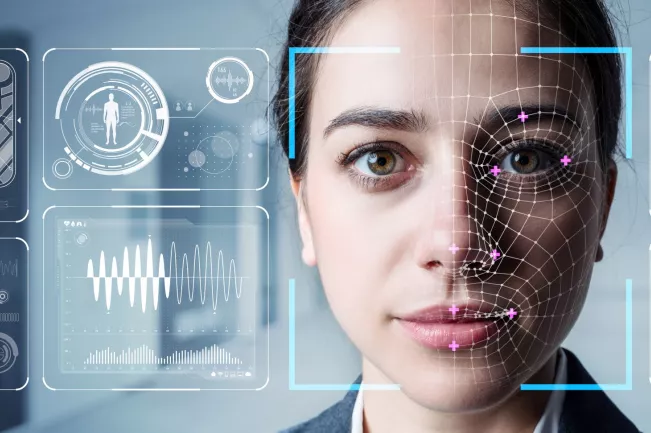Institute for Safety and Security Research (ISF)
SECURITY RESEARCH - BIOMETRICS

Biometric verification systems
Unlike a surveillance system, a verification system does not aim to establish the identity of a person. The system becomes active as soon as a person tries to identify themselves using, for example, a passport, to gain access to a restricted area. The system compares the biometric features presented, such as fingerprints or the passport photo, with the features electronically stored in the ID document. A classic attempt to overcome such a device would be, for example, to use a mask recreating the facial features of another person.
Various mechanisms to detect such fake biometric features are being developed and tested at H-BRS. Taking the example of the masked person presenting to a camera system, the systems would recognize that the replicated biological features are not real. A similar approach is also used for fingerprint systems. While it is possible to create a plastic replica of a finger that can trick a simple device, these detection systems add layers of detection that are much harder to bypass.
Biometric systems in the Campus to World project
Civil security also requires an increased public understanding of the relevant technologies. Hence, the Campus to World project seeks new ways to spread the knowledge about biometric systems and their limitations to the public - including institutional users. We are looking for ways to demonstrate these systems and easy examples that everyone can understand.